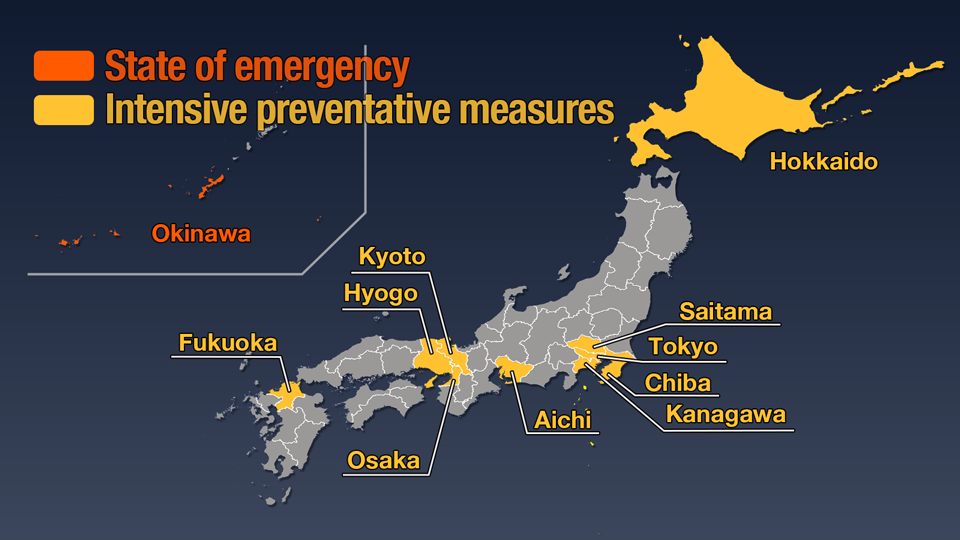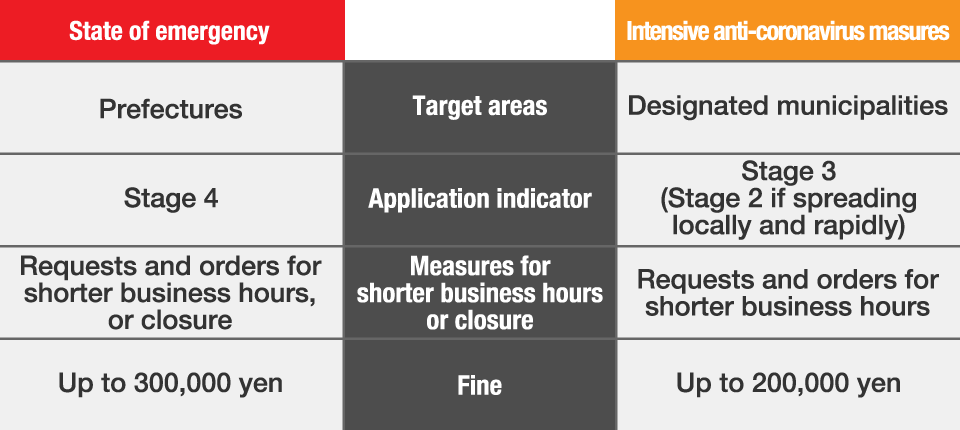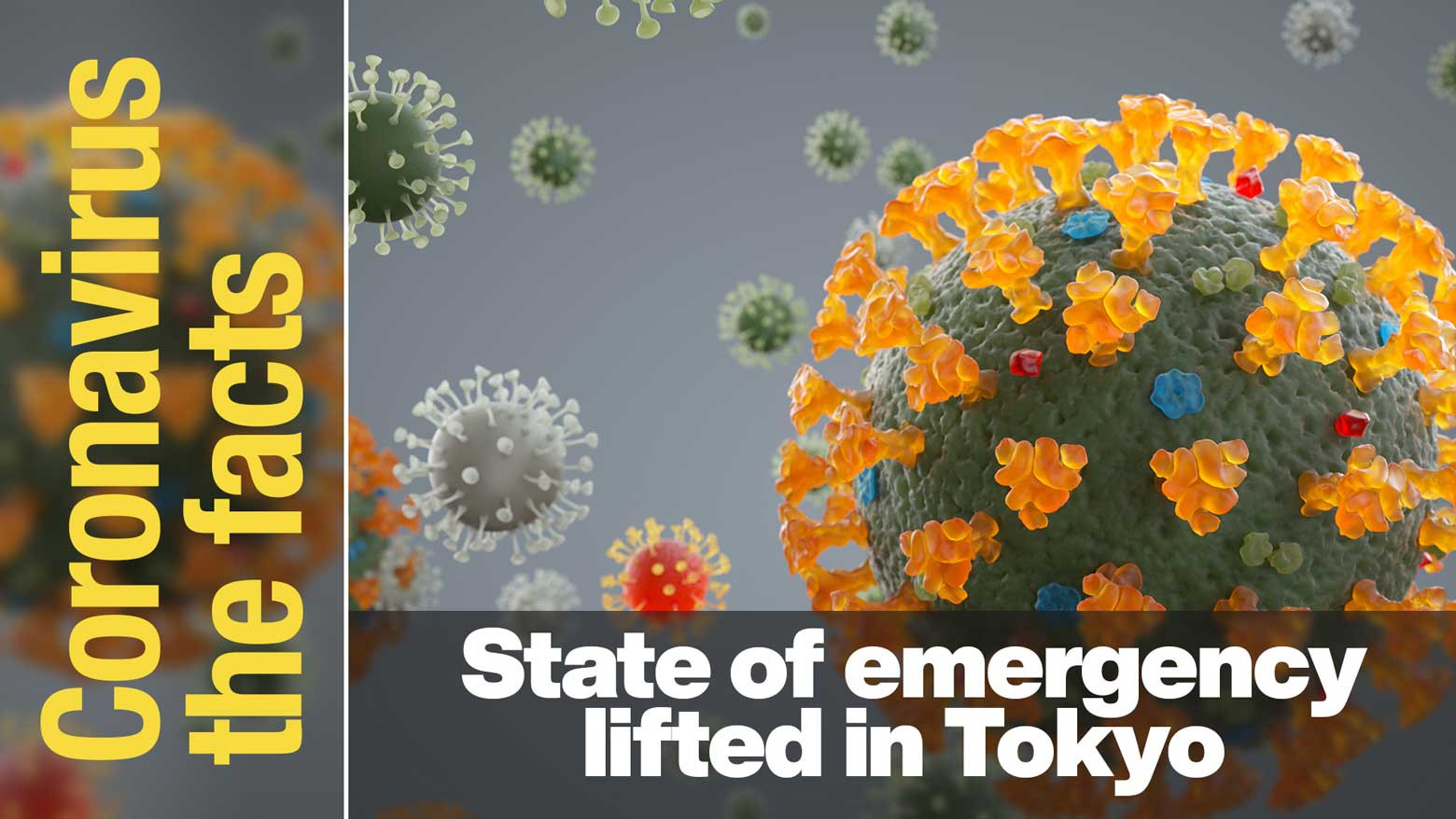This is part 99 of our coronavirus FAQ. Click here to read other installments: #Coronavirus the facts. Find the latest information and answers from experts on everything COVID-19.
State of emergency ends except in Okinawa
On June 20, the Japanese government lifted its third state of emergency since the start of the pandemic for nine prefectures: Tokyo, Osaka, Hyogo, Kyoto, Aichi, Fukuoka, Okayama, Hiroshima, and Hokkaido. Okinawa remains under the designation until July 11.
Meanwhile, intensive anti-virus measures also ended for Gifu and Mie prefectures on June 20 – but remain in effect for Saitama, Chiba and Kanagawa until July 11.
Shift to intensive restrictions
Seven prefectures – Tokyo, Osaka, Hyogo, Kyoto, Aichi, Fukuoka, and Hokkaido – have transitioned to intensive anti-virus measures from June 20 - July 11.
Governors in those areas can enact restrictions and decide which municipalities to target. Residents need to check whether they live in, or visit, areas where restrictions are in place.

Restrictions vary by region
Some key measures are listed below. For more details, please visit prefectural government websites.
Tokyo/Osaka
Bars and restaurants cannot serve alcohol after 7 p.m. They are allowed to operate until 8 p.m. Customers can drink alone or in a group of two, but can stay no longer than 90 minutes. People are also asked to refrain from drinking in groups on the street or in parks.
This restriction targets Tokyo’s 23 wards and the Tama area. In Osaka, it targets 33 municipalities. Some exclusions apply.
Large-scale commercial facilities, including department stores, are asked to shut by 8 p.m.
Event organizers are asked to cap venue capacity up to 5,000. Venue capacity rate is 100 percent for events with quiet participants, or 50 percent if it is expected an audience will shout or cheer.
Requests remain in place for residents to avoid nonessential excursions, and refrain from travel between prefectures. Companies are urged to implement teleworking, with the goal of reducing the number of commuters by 70 percent.
Different from a state of emergency
The intensive anti-virus measures are part of the revised coronavirus special law enacted in February.
They allow governors to take special steps without declaring a state of emergency. The prime minister announces which prefectures are being targeted, and for how long.
While a state of emergency covers an entire prefecture, intensive measures allow governors to focus on specific municipalities.
A state of emergency can be declared when the infection situation reaches the most severe level on a four-tier alert system.
The intensive measures correspond with Stage Three, but can also be applied at Stage Two if infections are spreading rapidly.

Requests and orders
Under intensive measures and a state of emergency, governors can ask business owners to shorten their operating hours. If a request is ignored, governors can issue an order – and reveal the names of the uncooperative establishments. On-site inspections from local officials are also permitted.
A request for business closure can only be made under a state of emergency.
Issuing fines
Fines can be imposed on businesses that don’t follow an order to cut operating hours, or refuse an on-site inspection. Under the intensive measures, fines of about 200,000 yen are applied, increasing to 300,000 yen under a state of emergency.
This information was accurate as of June 22, 2021.
